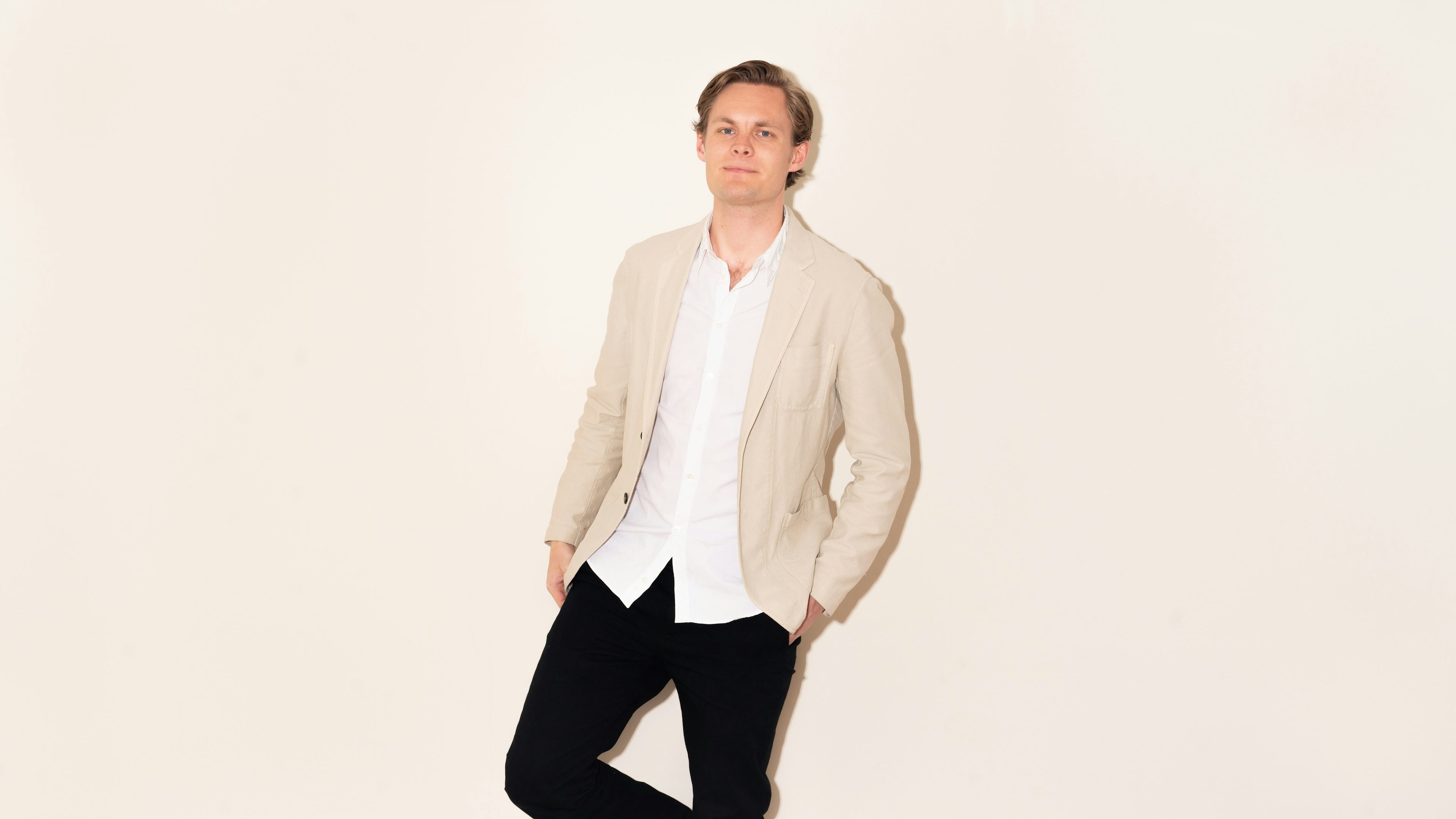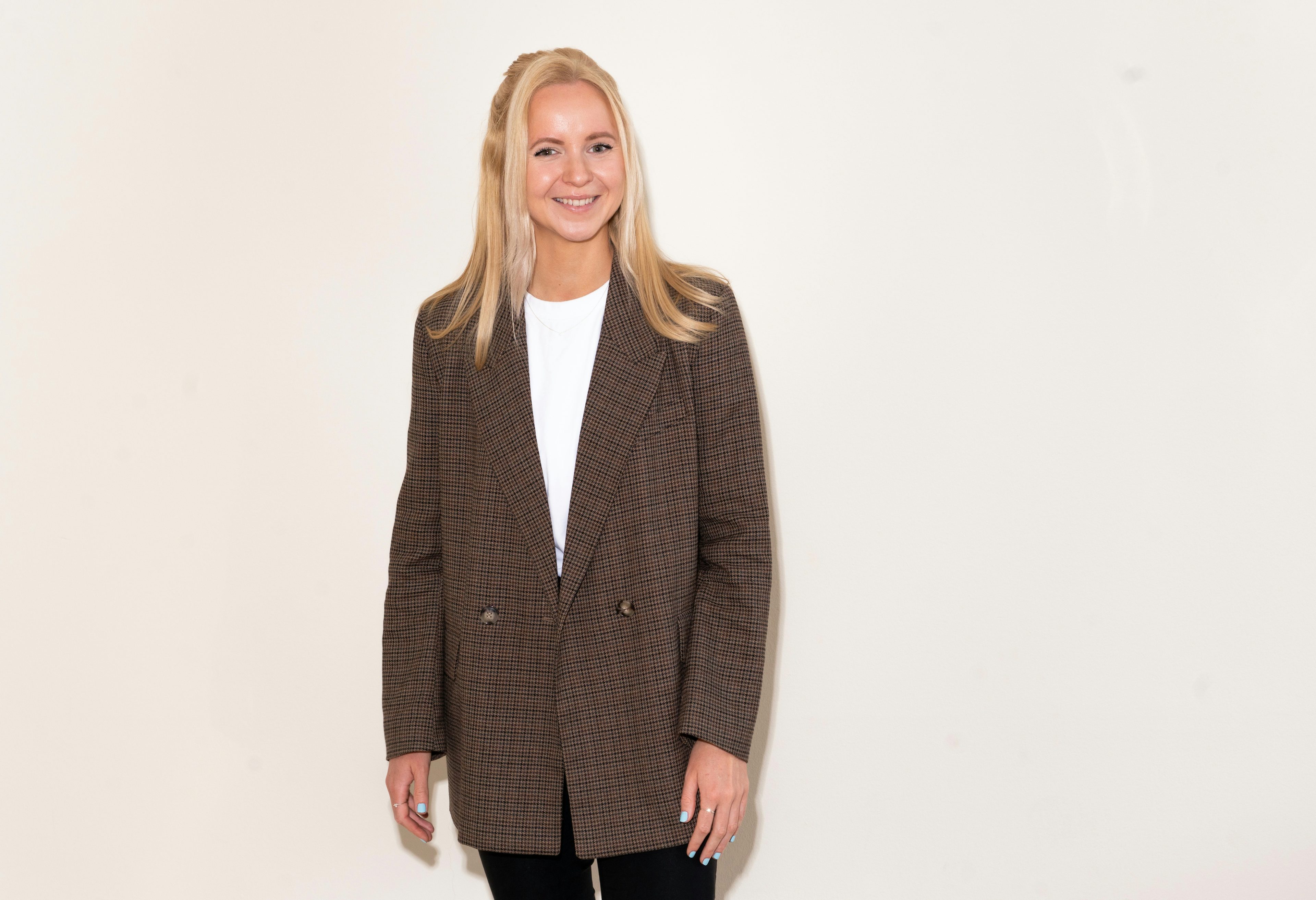Torsten joined Lynxeye as Strategy Consultant in May 2023. He completed his bachelor’s in Economics and Strategic Brand Management at Lund University and his master’s degree in Business & Management at Stockholm School of Economics.
Meet Torsten Larsson
One of our Strategy Consultants

What initially attracted you to Lynxeye?
Ever since I began studying, I knew that I wanted to pursue a career in Brand Management. But I was also interested in working at a consultancy.
When a friend told me about the Strategy Consultant role at Lynxeye, it felt like the best of both worlds — an opportunity to engage strategically with brands while operating as a consultant.
—I believe having a passion for this line of work is crucial. To succeed, you need to be curious about brands and business strategy.
What does an Strategy Consultant do at Lynxeye?
A Strategy Consultant is highly involved throughout execution of client projects. This includes conducting research, analyzing data, forming hypotheses and strategies, and presenting the findings in a compelling and comprehensible way.
We always work in teams and the setup of the team will vary depending on the project scope. Typically, the team includes one or more Strategy Consultants, an Insights Consultant, and a Team Leader.
After an Insights Consultant gathers necessary data, the Strategy Consultant helps interpret the collected data. The Strategy Consultant’s role involves connecting the dots and problem-solving to develop strategies aligning with both brand and business needs.
Despite others on the team potentially having more experience, as a Strategy Consultant, you are typically responsible for driving the analysis and becoming the subject matter expert. Therefore you are consistently included in final presentations to the client.

What are the traits of a great Strategy Consultant?
First and foremost, I believe having a passion for this line of work is crucial. To succeed, you need to be curious about brands and business strategy. You also need to be analytical and enjoy problem-solving.
A significant part of the role involves analyzing data, integrating various perspectives, and drawing conclusions. This requires some level of creativity. While the data itself is crucial, we must also consider the numerous contextual factors specific to the market and the client's business to solve a given problem or or find a strategy going forward.
Lastly, it is vital to be pedagogical and understand how to communicate effectively with others in the team and different stakeholders. Everyone won’t have time to delve into all the project details. You therefore need to know what information is essential and summarize it in an understandable way for others. You must translate the complex thinking behind a strategy into something simple to comprehend with tangible implications.
—Everyone at Lynxeye is very dedicated to the work we do. Everyone has high standards and wants our project deliveries to be as good as possible. At the same time, we are not at all competitive towards each other.
Almost a year at Lynxeye – why have you stayed?
I like that everyone at Lynxeye is very dedicated to the work we do. Everyone has high standards and wants our project deliveries to be as good as possible.
At the same time, we are not at all competitive towards each other. Instead, we always work as a team and value knowledge sharing. Our work and culture are also very dynamic; new, fun things happen all the time, which suits me!
What is a project you especially enjoyed?
The first project I worked on was a brand architecture project for a client in banking. In cases where there are multiple brands within a brand portfolio, these different brands can be considered part of an overall brand architecture.
In this project, we defined the roles and relationships between different brands in the portfolio and established guiding principles for when and how to develop various types of brands over time. This ensures that branding efforts are effectively used to purposefully contribute to the brand and business strategy.
We were a small team and had quite a tight deadline. Despite the complexity of the problem, we successfully delivered an intuitive architecture strategy that was powerful in its simplicity and well-received by the client's leadership team.
Towards the end of the project, the client received board approval to implement our recommendation as a whole, which was very exciting. Overall, it was a rewarding project that required extensive collaboration, and we developed massively as a team during this time.

